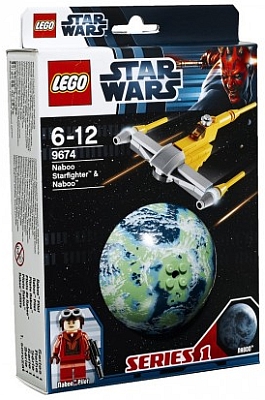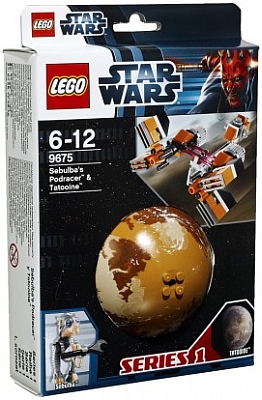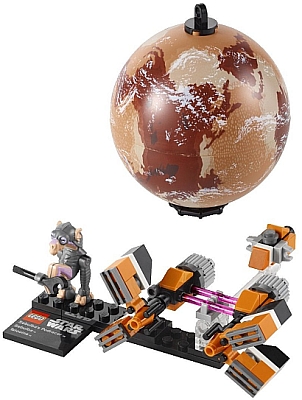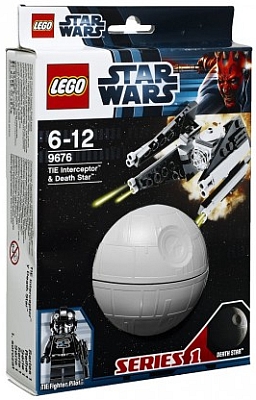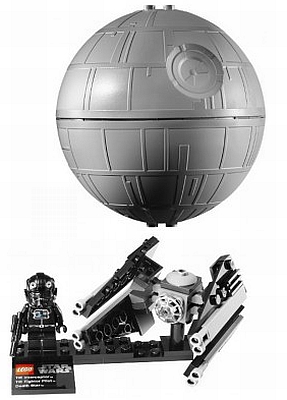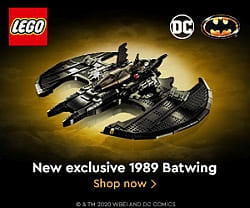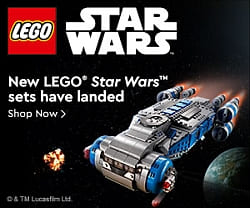Just a reminded that the holiday LEGO sale is ending on Monday! (Details below.) I don’t want to inundate you with LEGO sale news, but the fact of the matter is that, if you have been planning to buy LEGO, this is the undisputed best time. Pretty exciting to say the least, as this year has been full of great LEGO sets! Besides, I needed an excuse to post this cute announcement from the LEGO shop. 😉
As the announcement says; LEGO’s week-long holiday sale offering free shipping on orders over $49 and free shipping plus 10% off on orders over $149 is ending on Monday. 🙁
Many of the largest and most desirable LEGO sets are now out of stock, but there are still plenty of great sets available. If you would like to catch the tail-end of this LEGO sale I put together some quick-links for you below. Just click on the box of the category you are interested in to go directly to the LEGO shop page for that category:

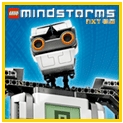

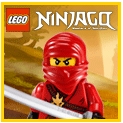



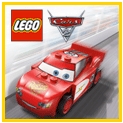
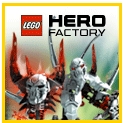


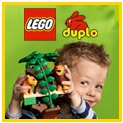
You may also want to check out these previous posts on other places you can find great LEGO sales during the holiday shopping season. Have fun hunting and don’t forget to share your great finds! 😀




